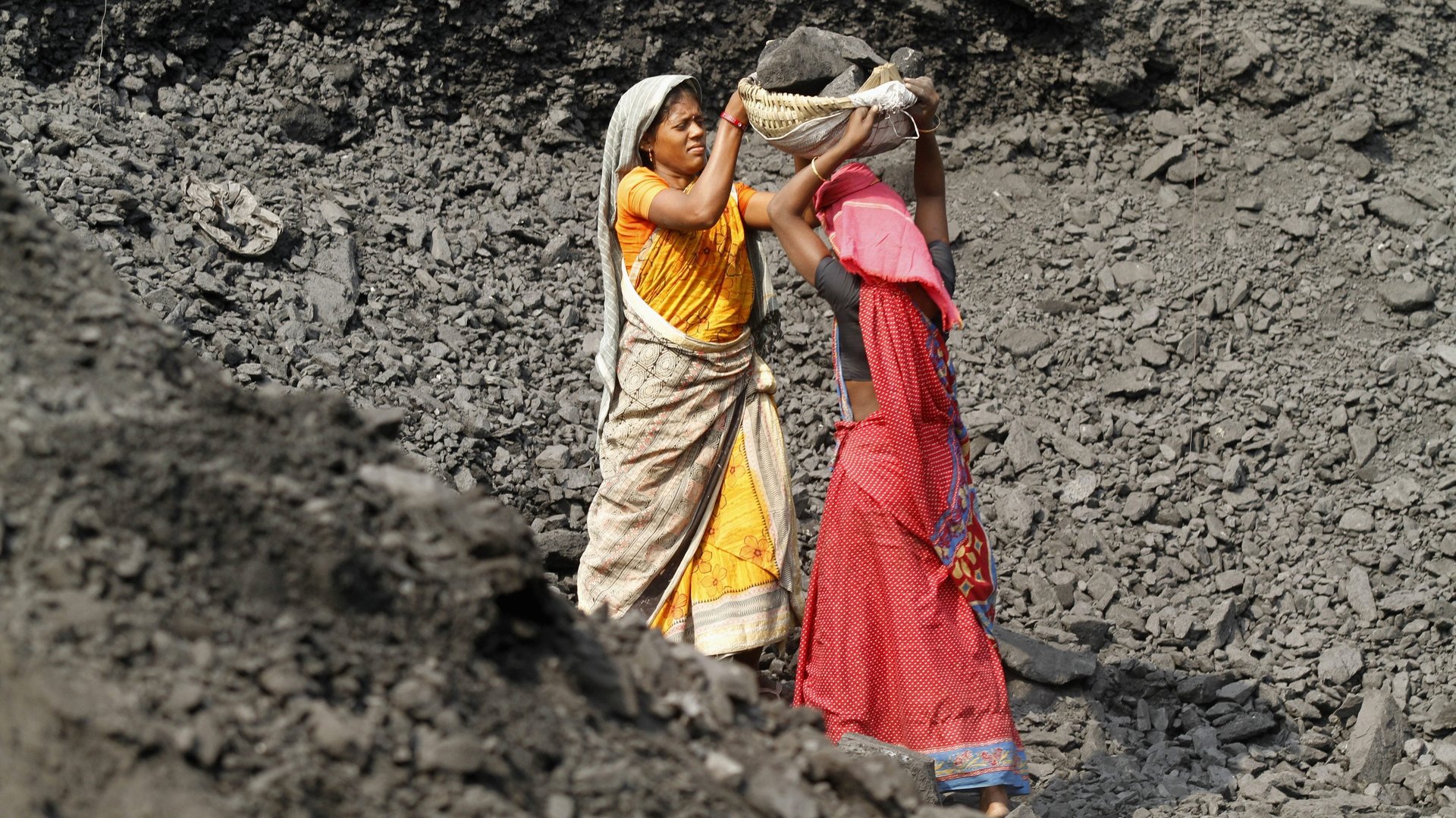The shrinking of India’s informal economy may be deceptive
India’s informal sector has reportedly contracted during the pandemic, but that may not be reason enough to cheer yet.


India’s informal sector has reportedly contracted during the pandemic, but that may not be reason enough to cheer yet.
This shrinking of the country’s informal economy from 52% of the GDP three years ago to around 15% in 2020-21, follows the adoption of the goods and services tax regime, increased digitisation, and the demonetisation exercise in 2016, a report by the State Bank of India’s (SBI) economic research department has said.
“Our starting point is an assumption that the shrinkage in the economy post-pandemic is mostly informal and hence the loss in output across sectors gives us a measure of the informal sector,” it said.
The report’s findings assume significance because around 93% (pdf) of India’s workforce consists of informal workers.
The country’s largest state-owned bank has based its observations on the monthly Employees’ Provident Funds Organisation (EPFO) payroll report and data from the e-Shram portal.
The EPFO payroll report shows that almost 3.7 million jobs were formalised till August. The e-Shram portal, India’s first national database of unorganised workers, has 57 million workers registered on it until Oct. 30, the report said. The platform facilitates the extension of social sector schemes to unorganised workers.
However, many economists disapprove of the SBI report’s findings.
Measuring India’s informal economy
There is no globally accepted statistical framework to measure the informal economy yet. Therefore, economists argue that all the metrics should be considered to ascertain the extent of formalisation of the unorganised sector and not two alone as the SBI report has done.
For instance, high levels of formalisation would have led to a significant rise in the tax-to-GDP ratio, a metric that shows how well the government controls a country’s economic resources. However, the said ratio had stood at 11.22% in 2017-18 and at 10.97% in 2018-19.
In 2021-22, it is expected to be at 10.8%, indicating only a slippage and not a rise.
Better corporate performance and more formalisation of the economy will generate robust tax revenues and help improve the tax-to-GDP ratio in the current financial year, the Financial Express newspaper quoted the revenue secretary Tarun Bajaj in August.
There were others, too, who disagreed with the SBI report.
“If I am looking at the total workers registered with EPFO and unorganised workers registered at e-Shram portal then it (formalisation of the economy) would seem to be going up. However, if I see it from a GDP calculation perspective, it will be different,” Madan Sabnavis, chief economist of Care Ratings, told The Indian Express newspaper.
The SBI report, however, does say that the informal sector continues to struggle post-pandemic. This only makes the need for a framework to gauge India’s informal economy more evident.